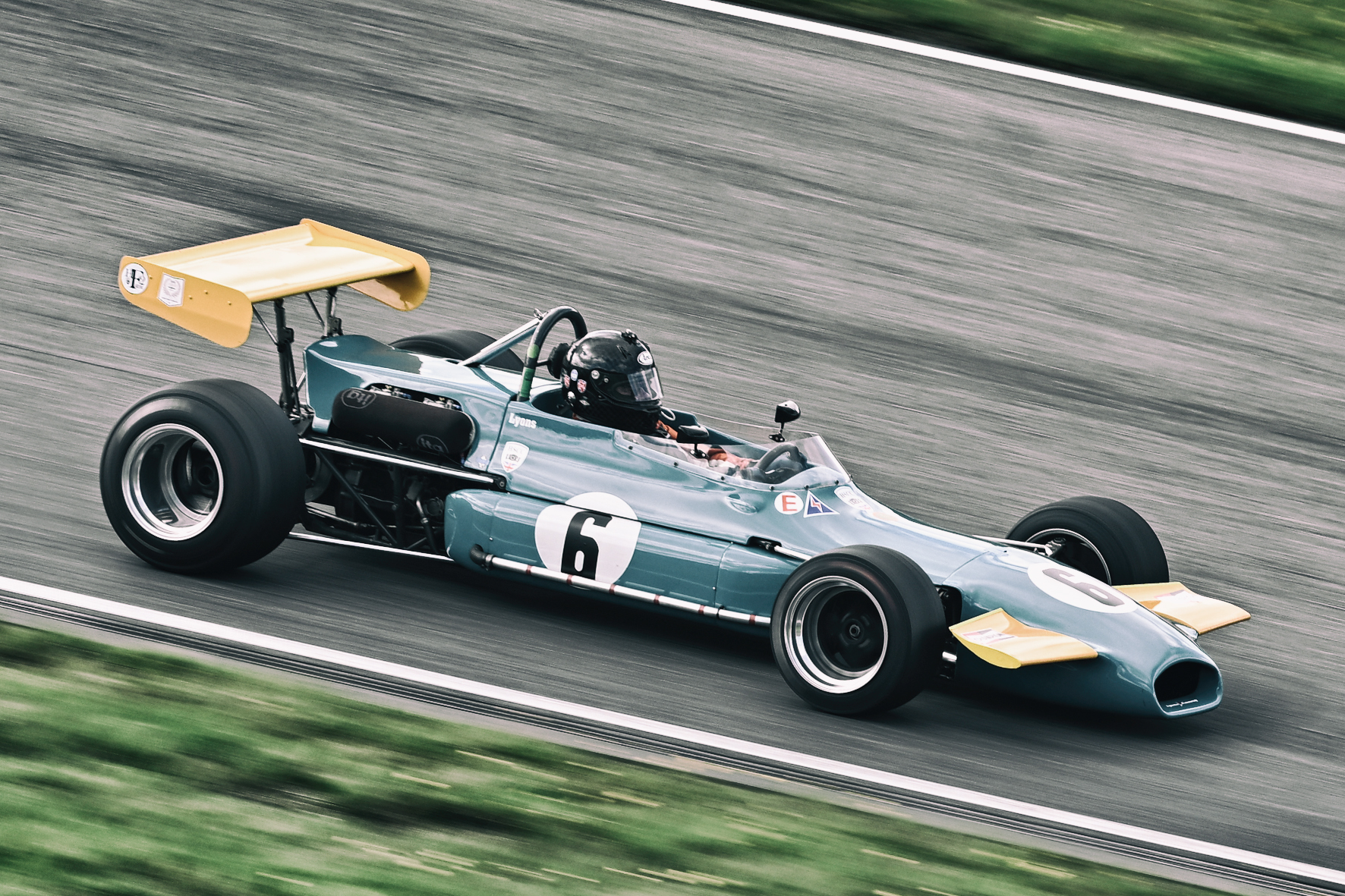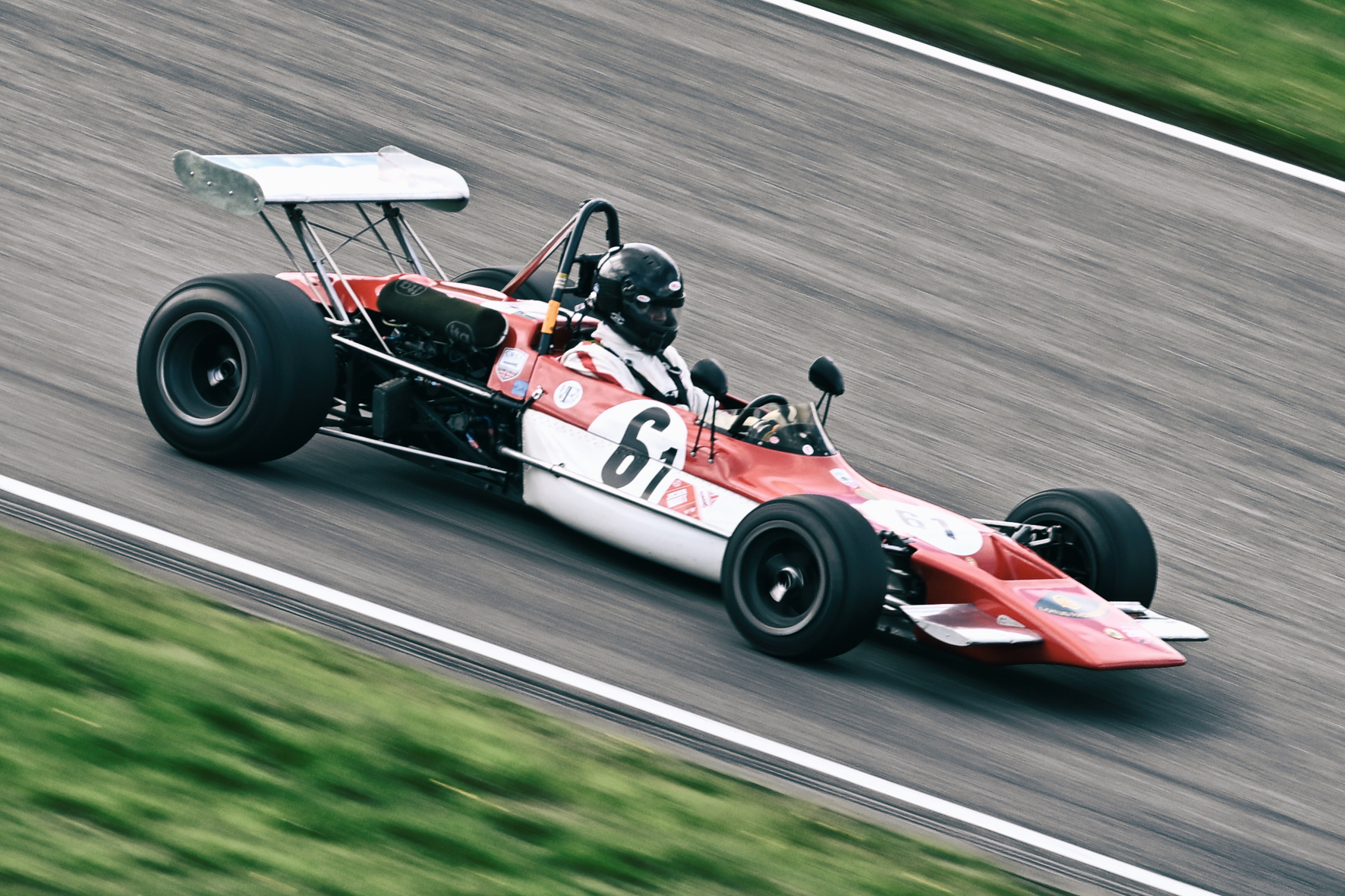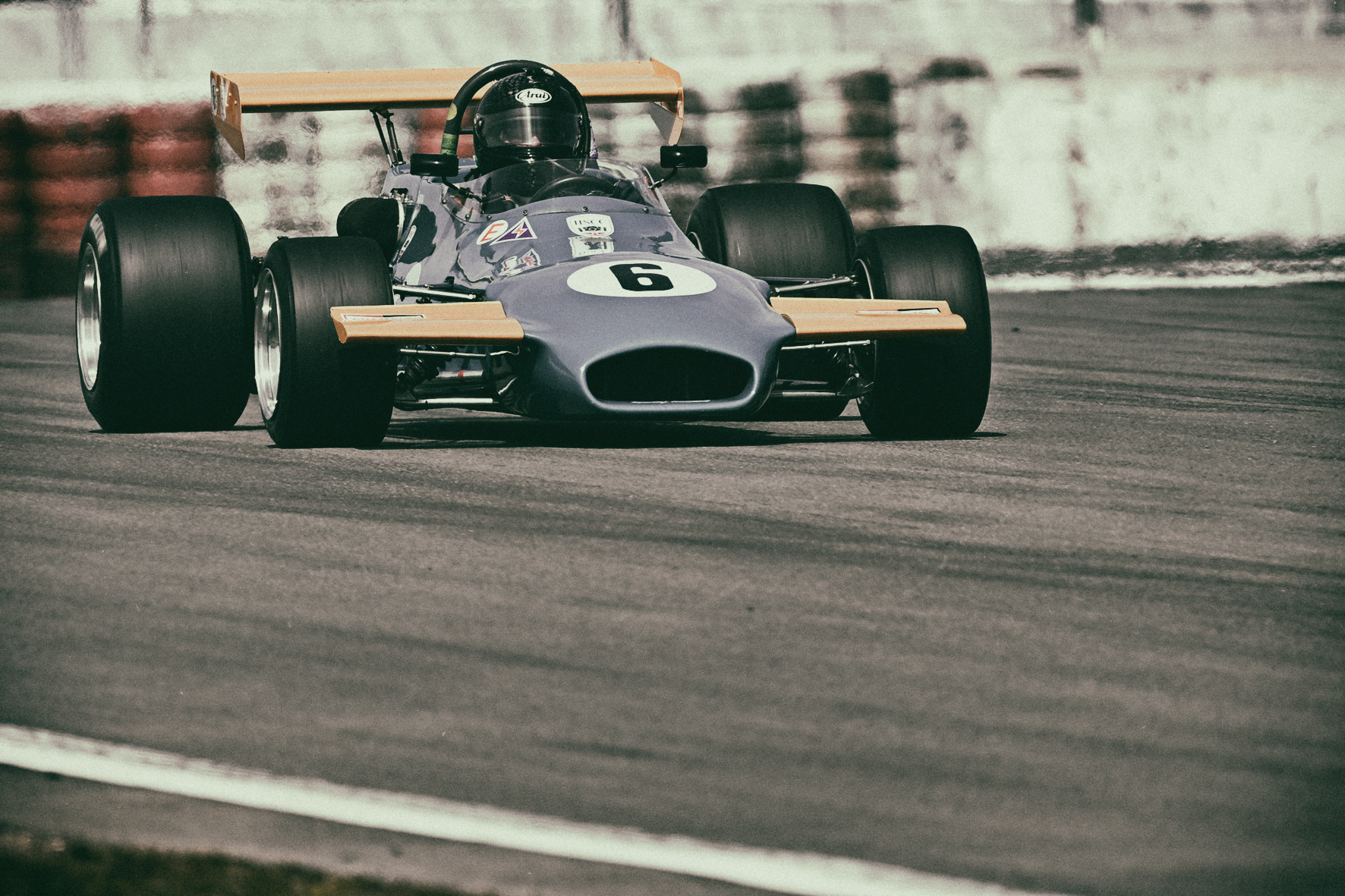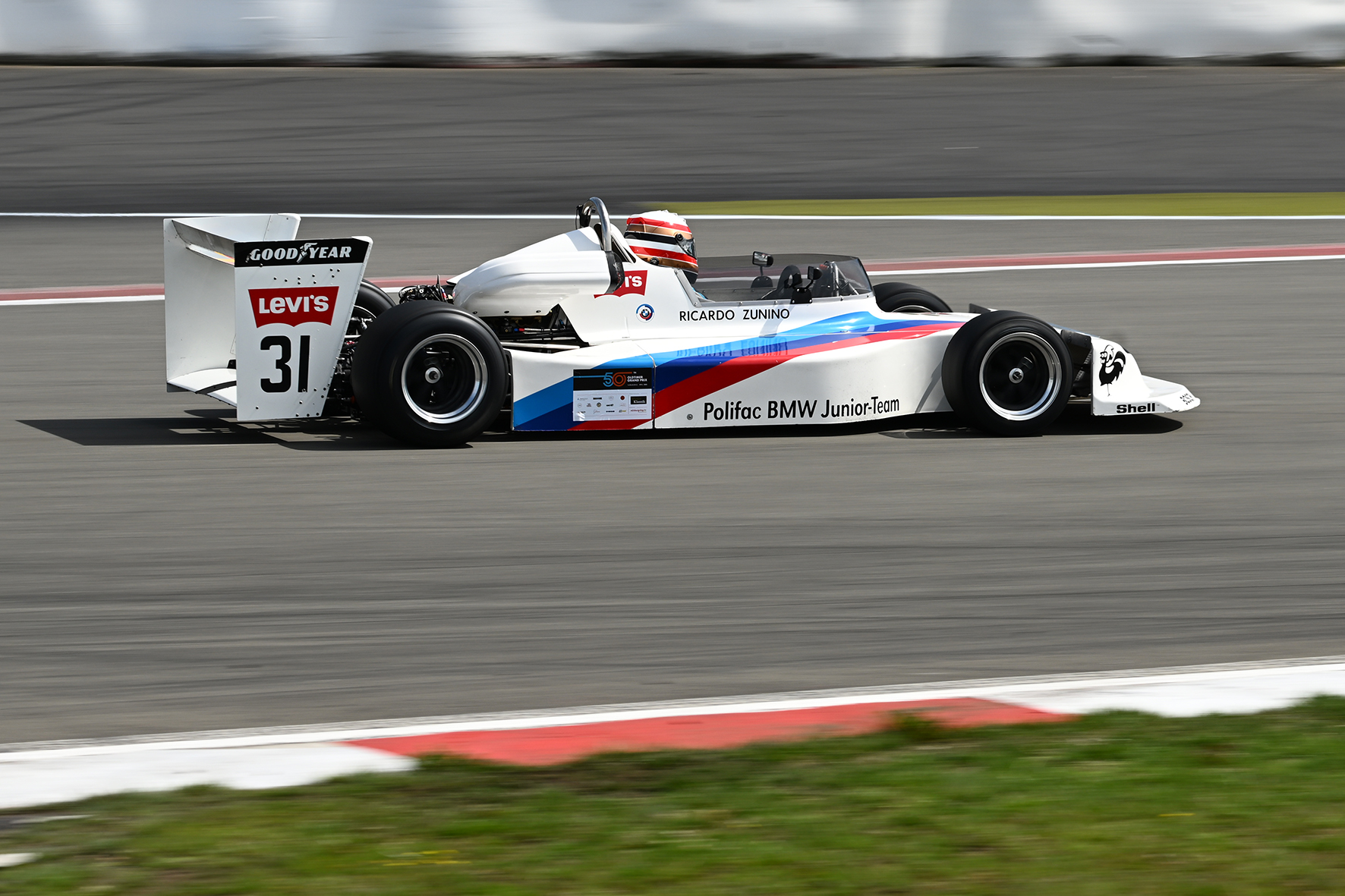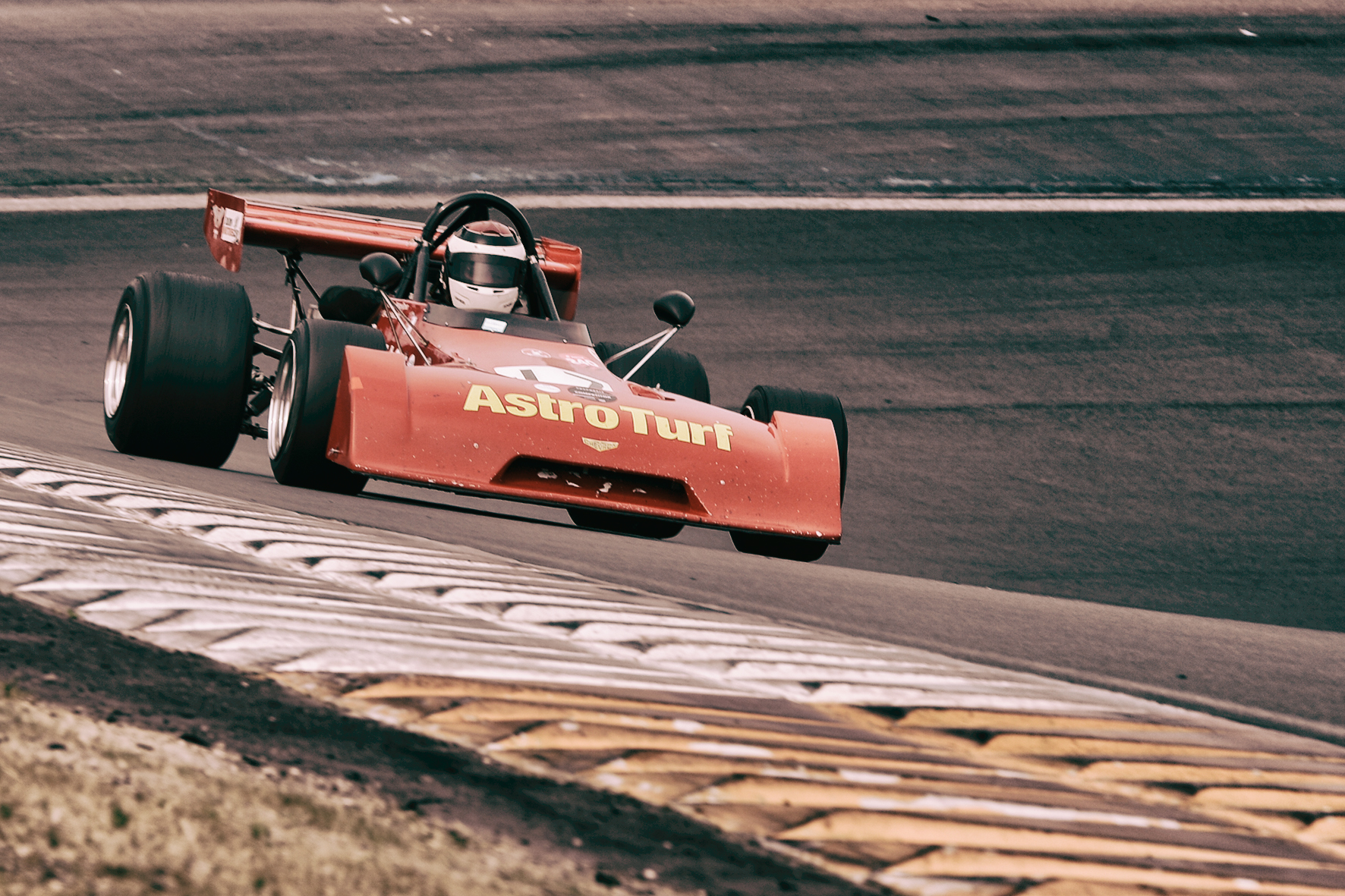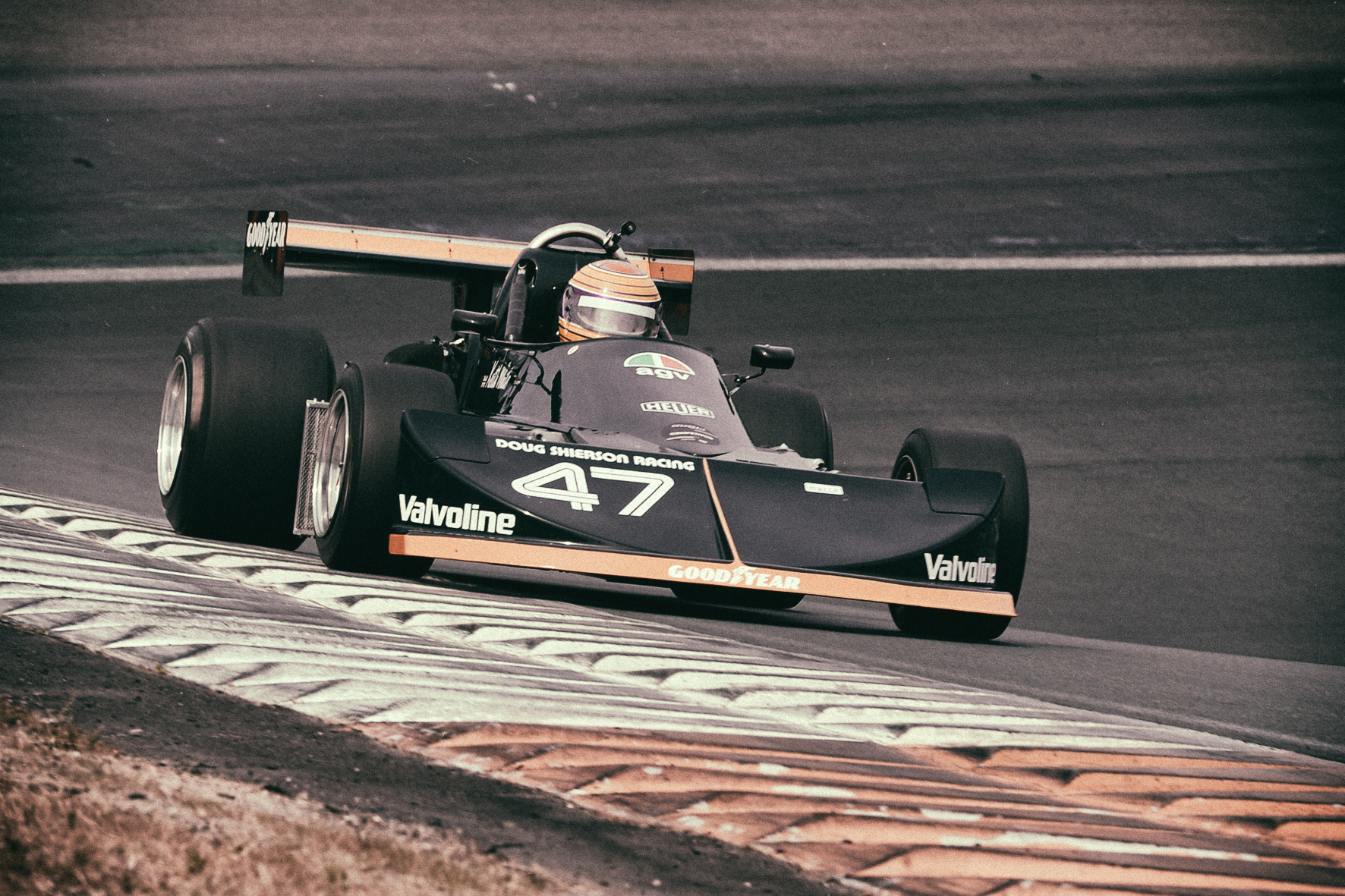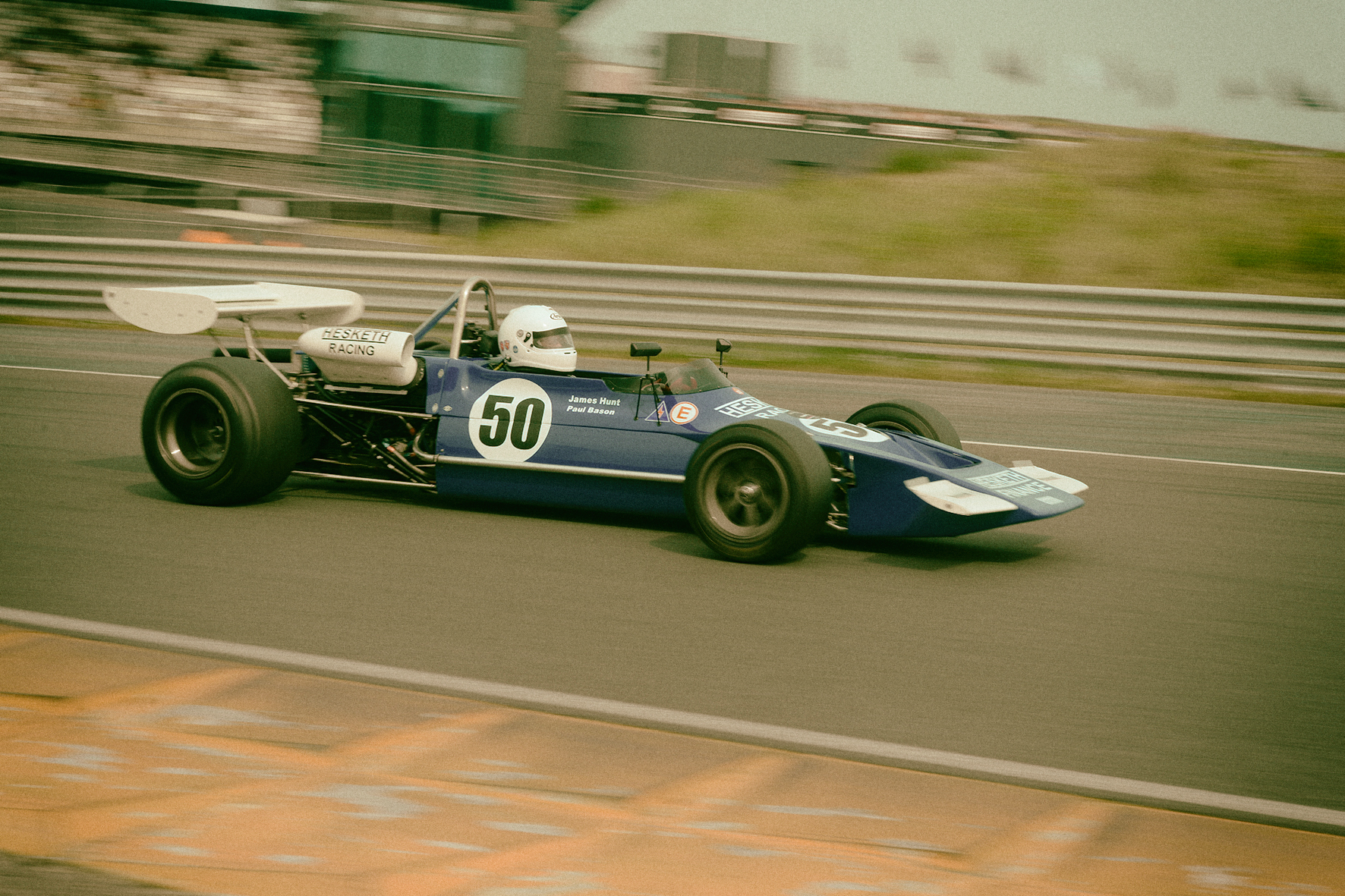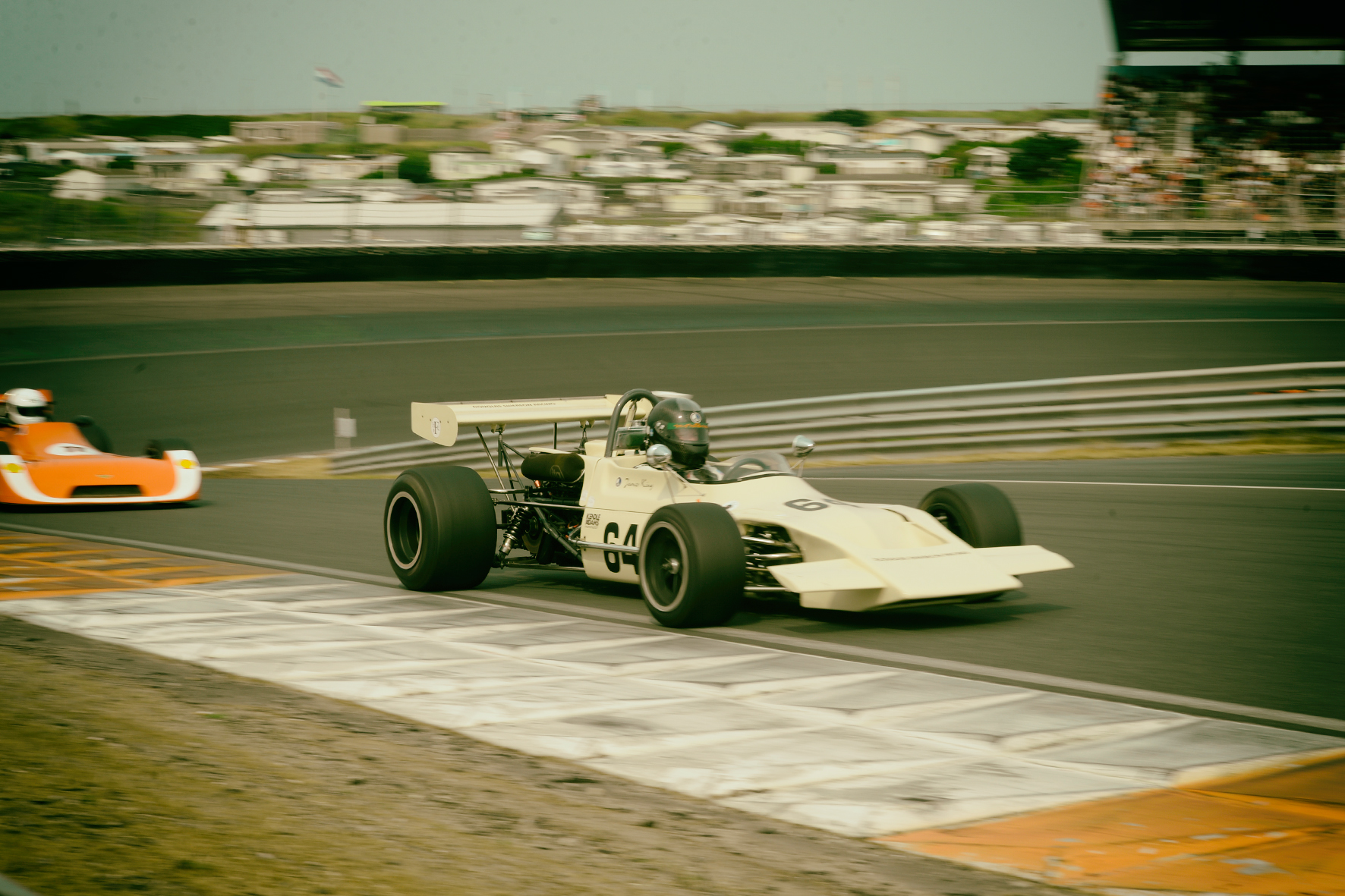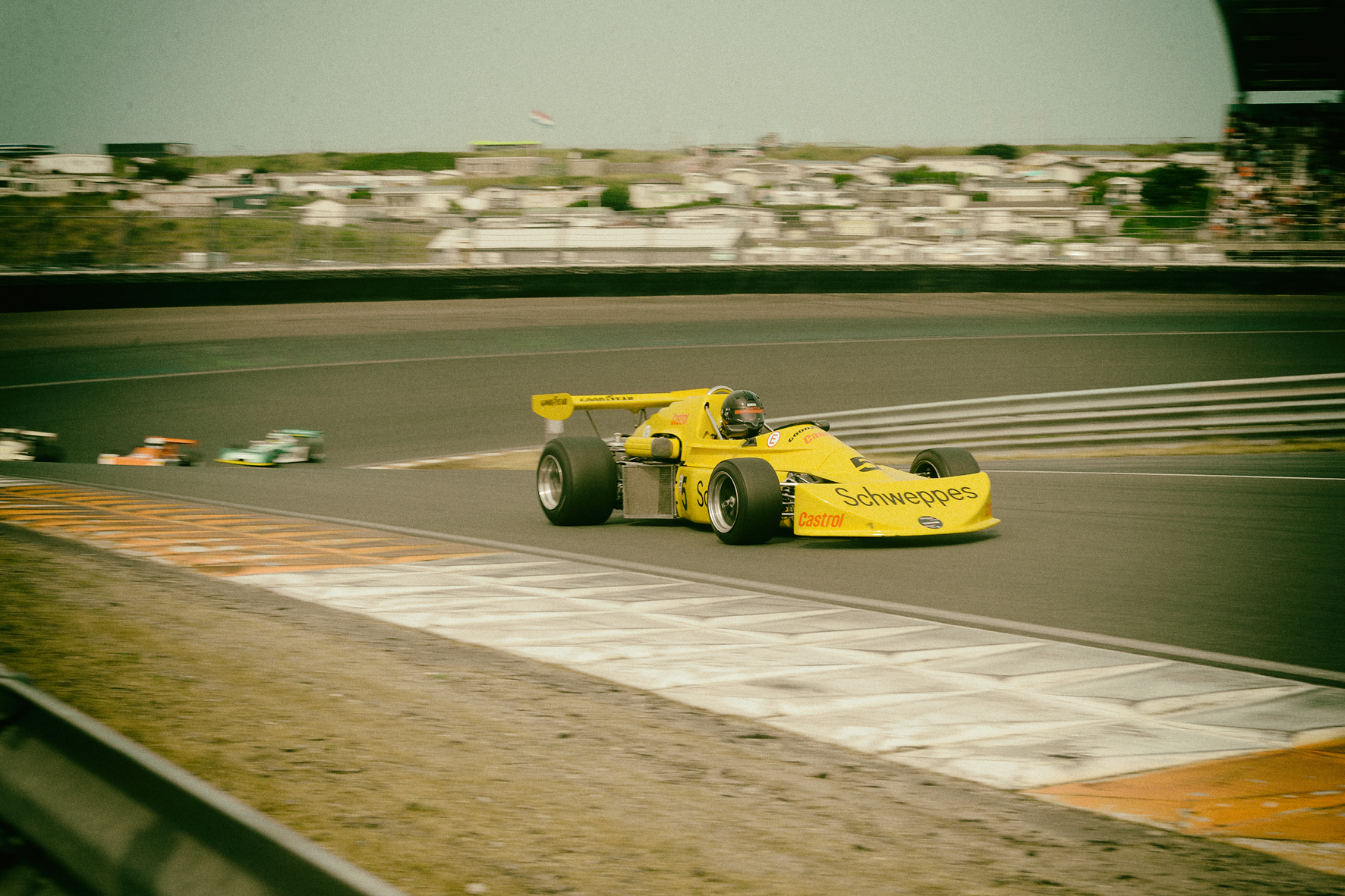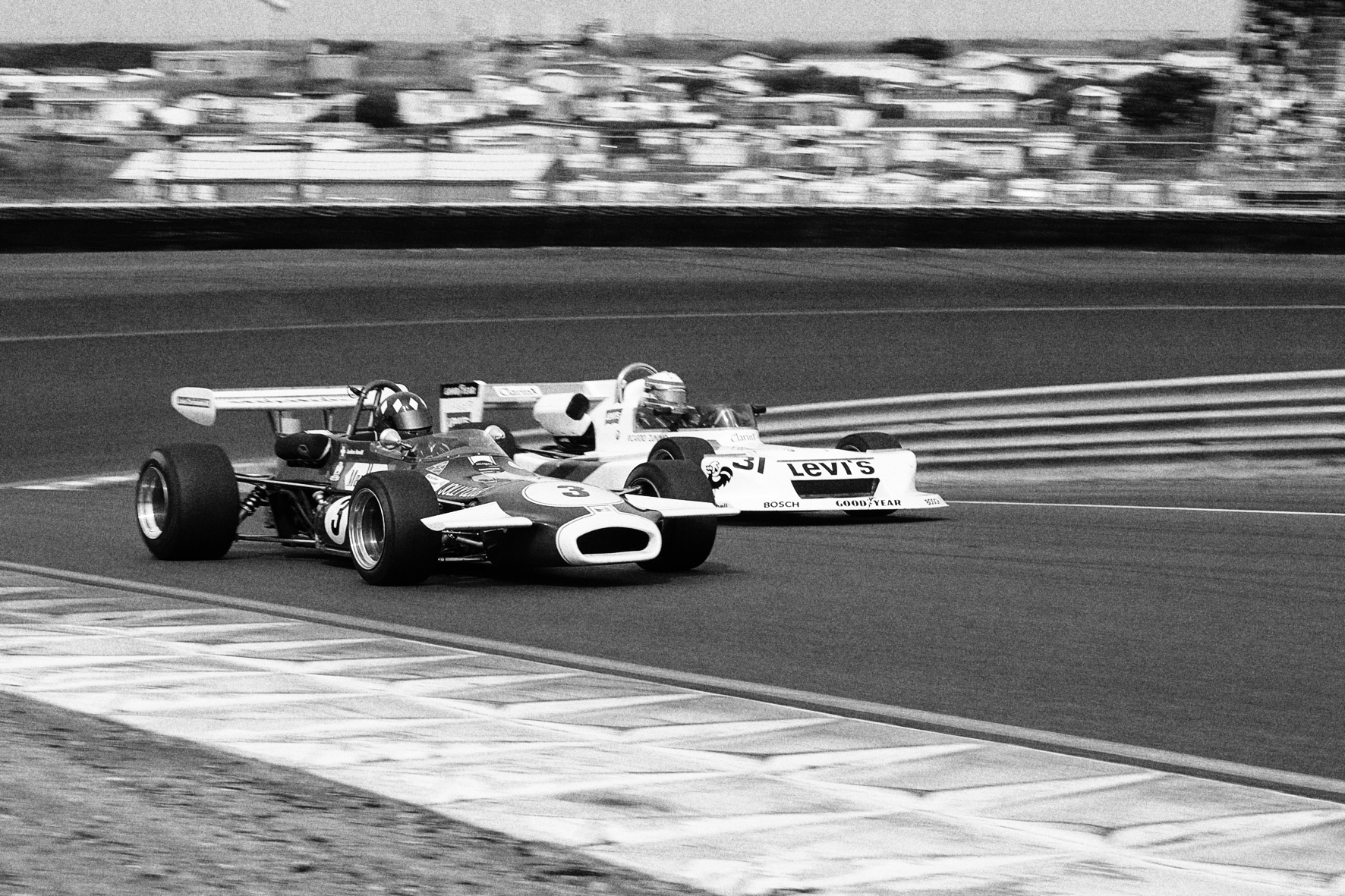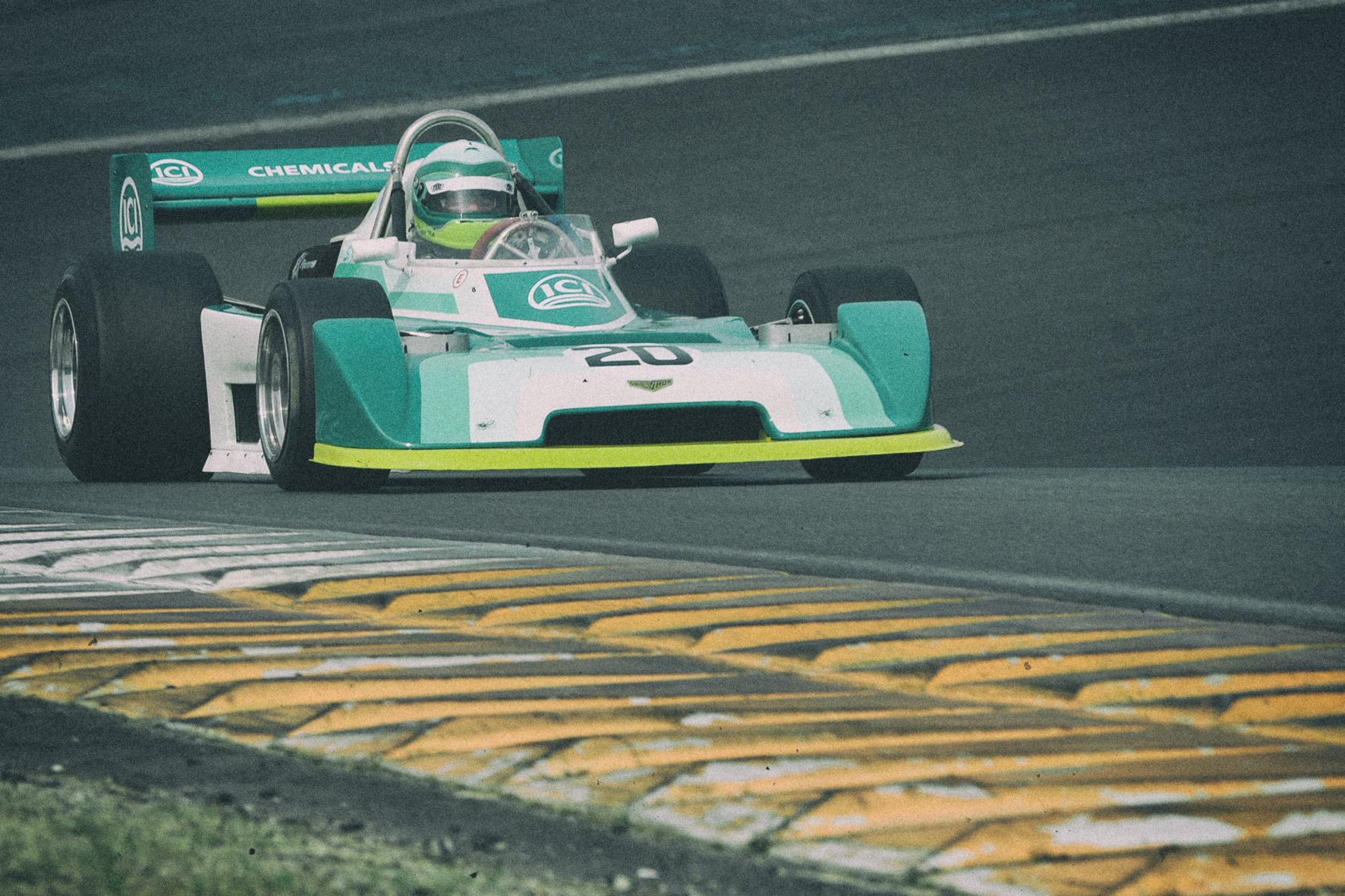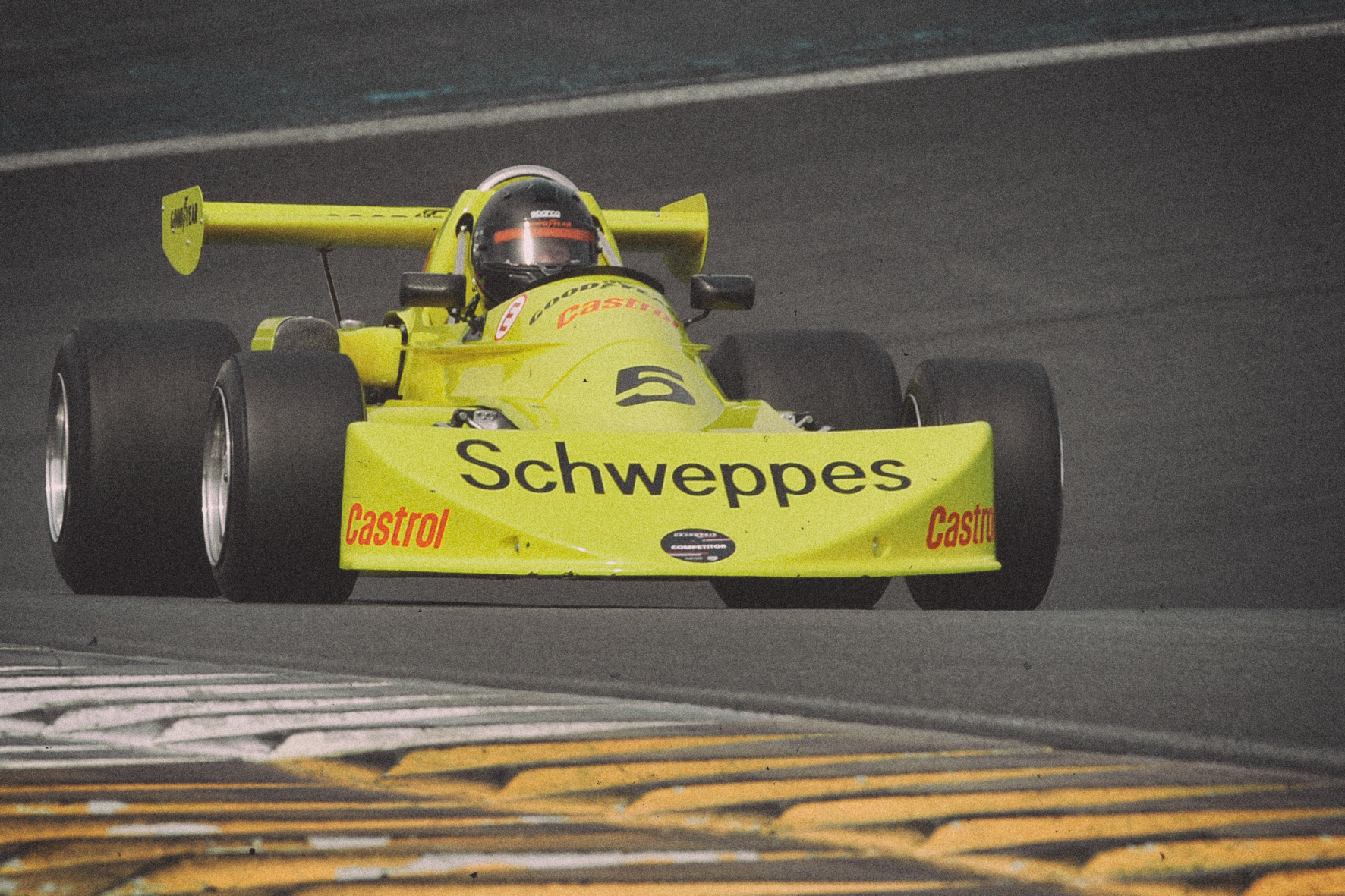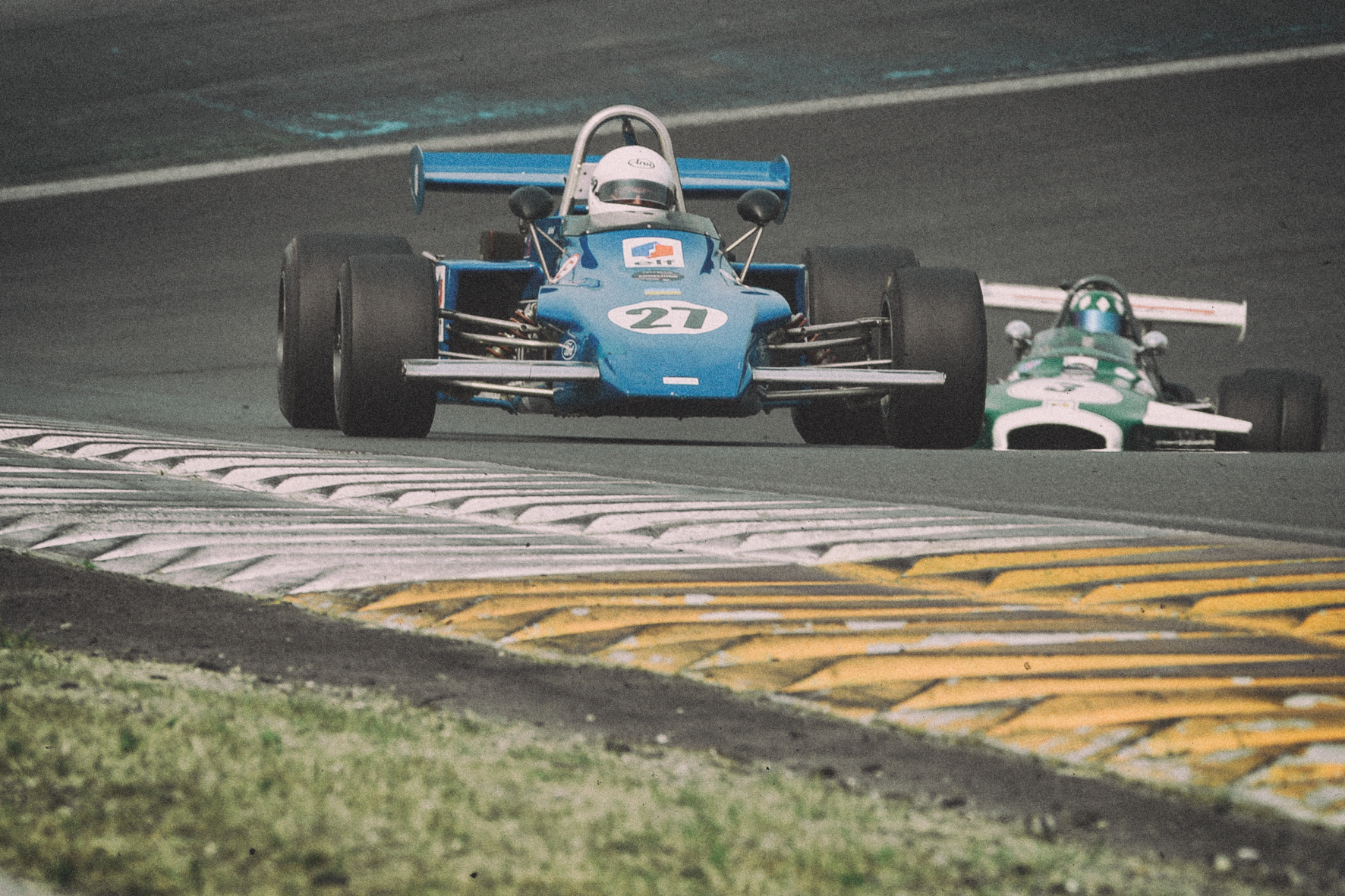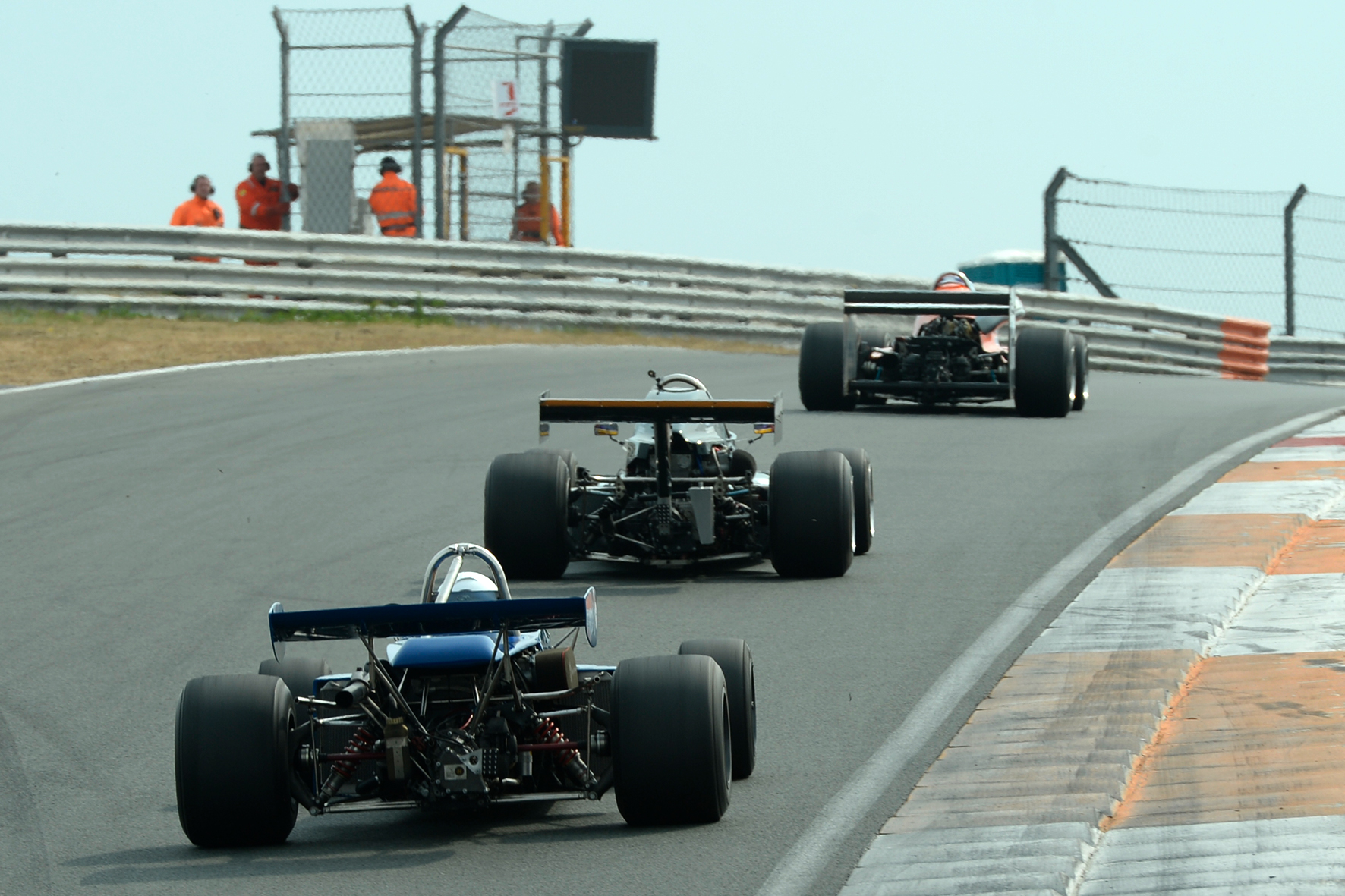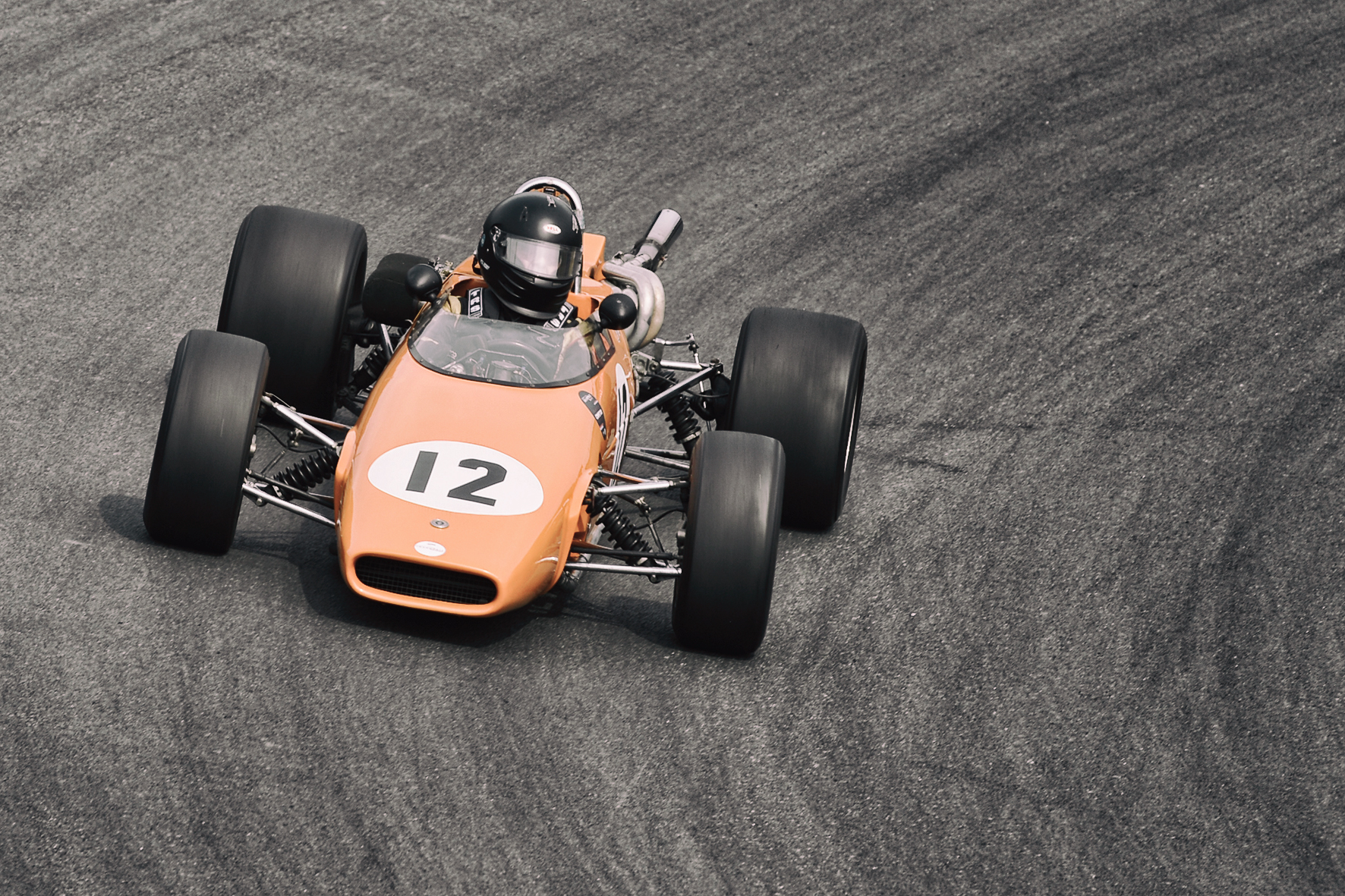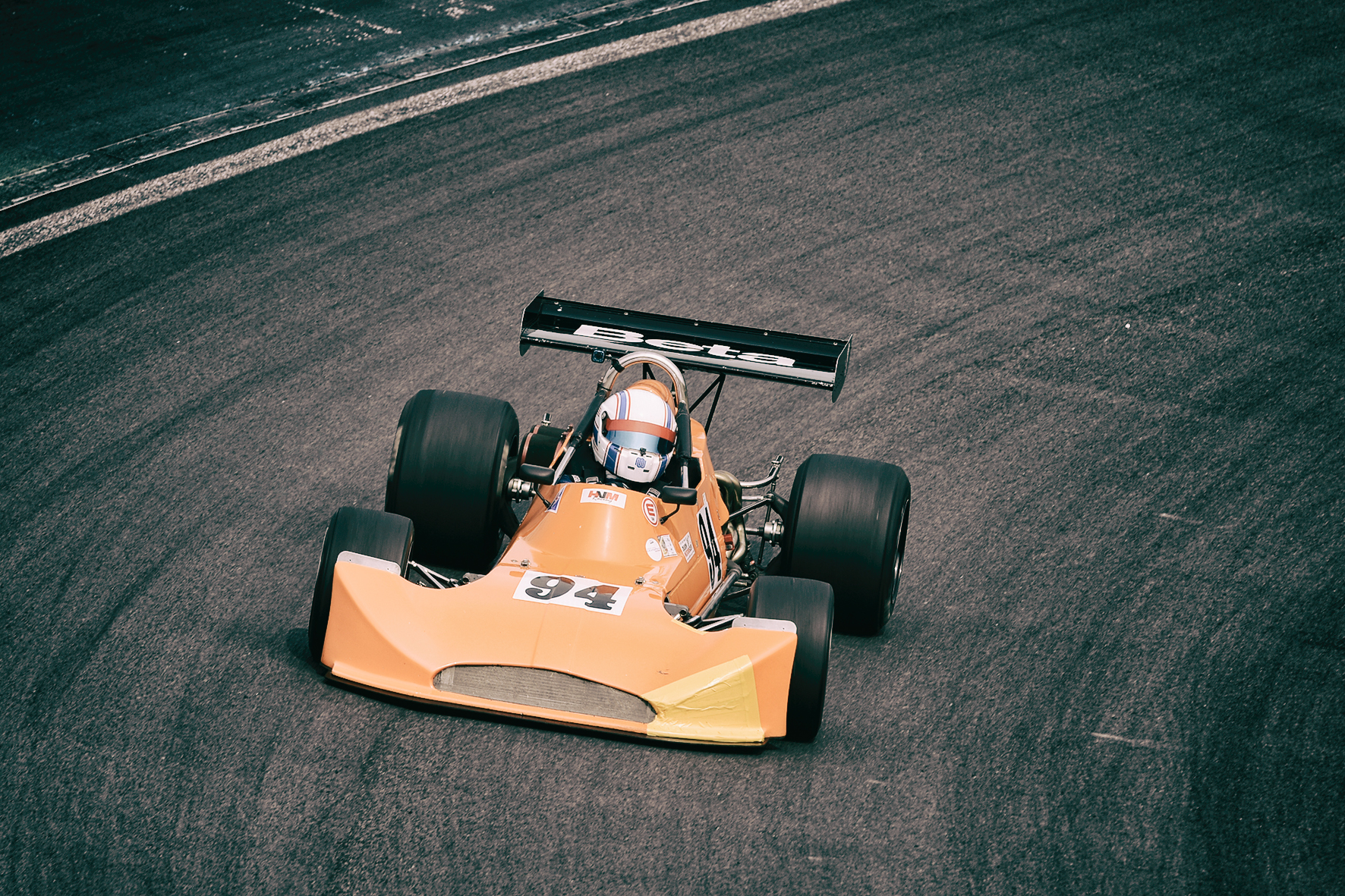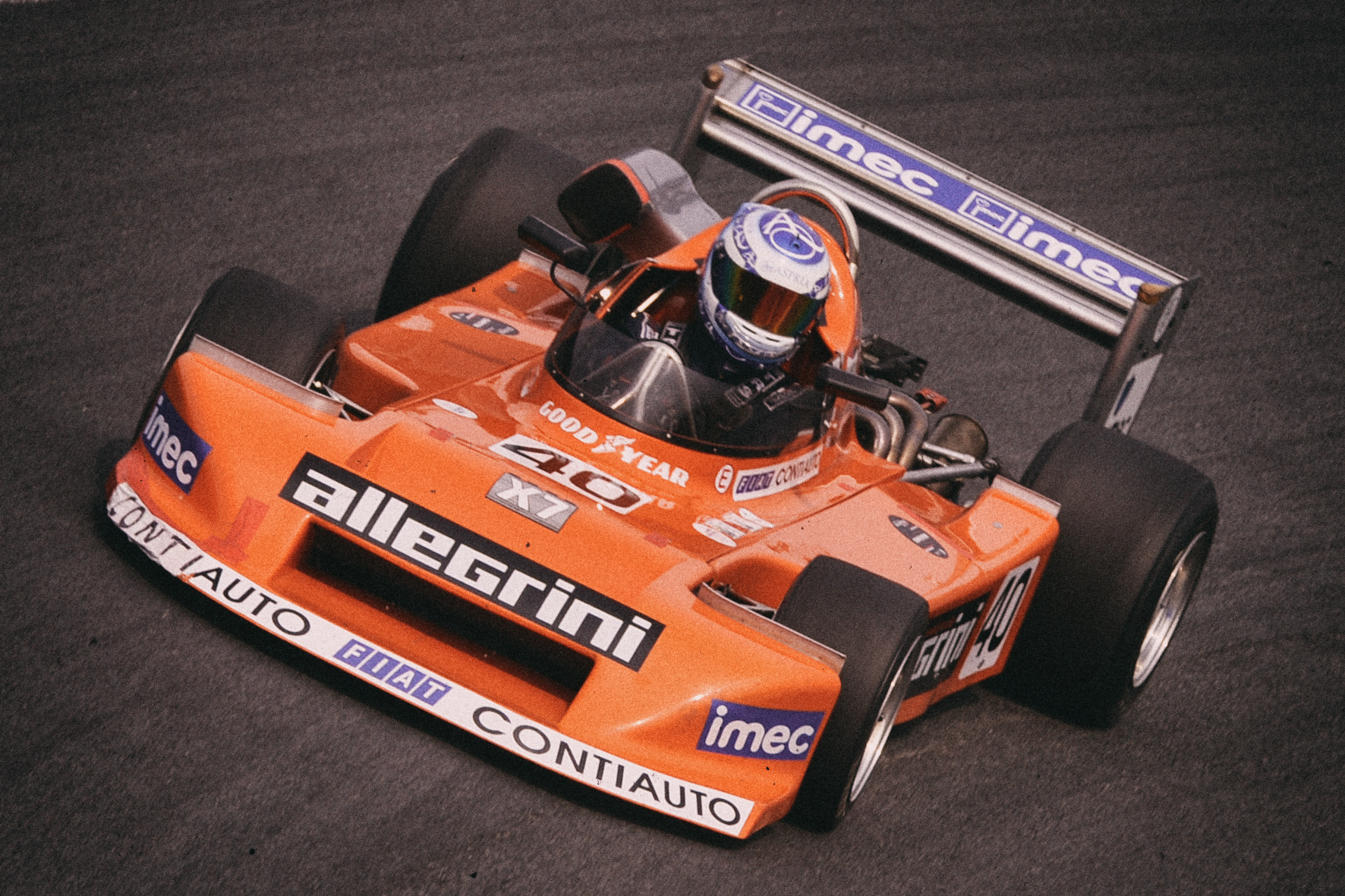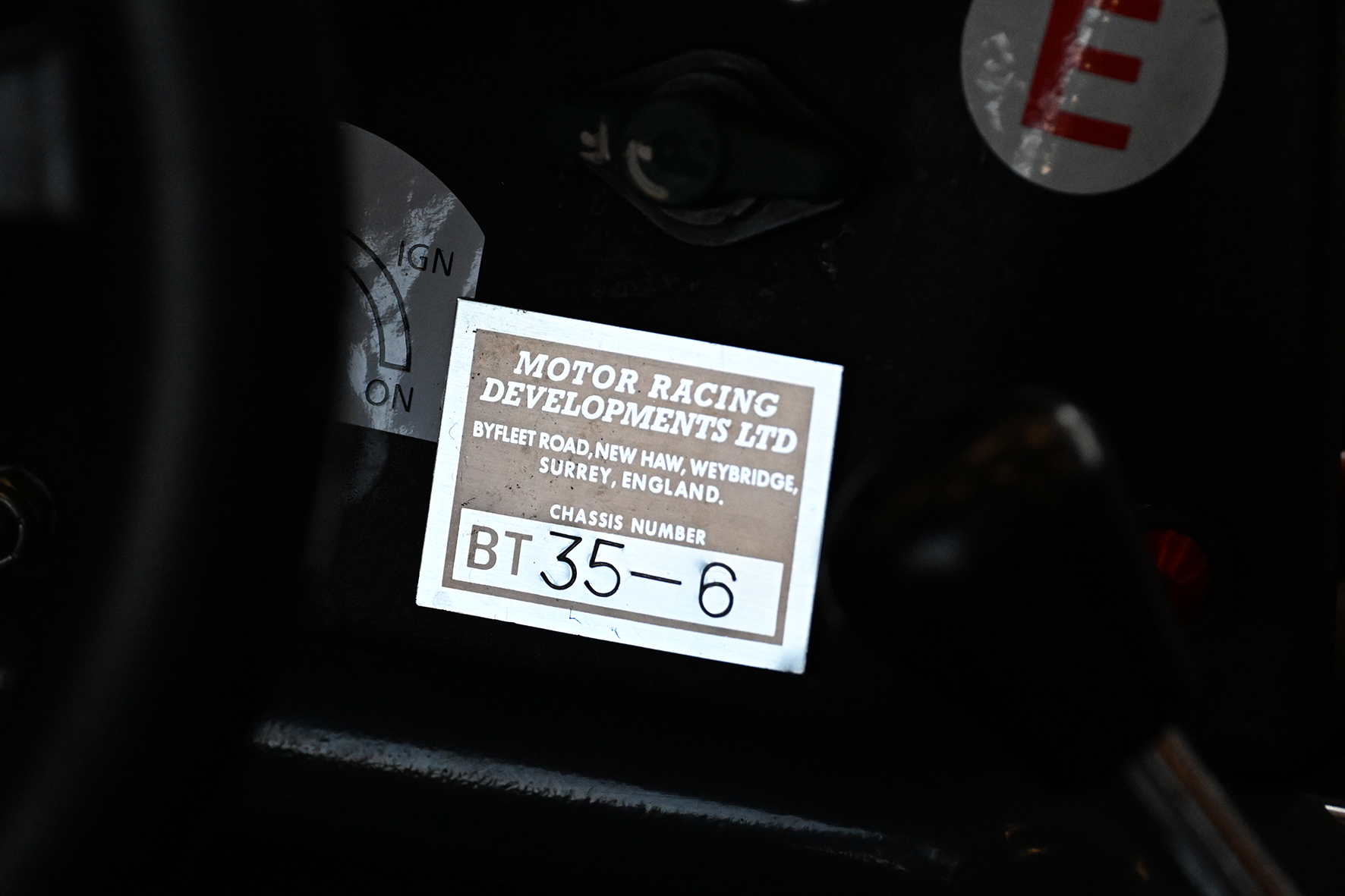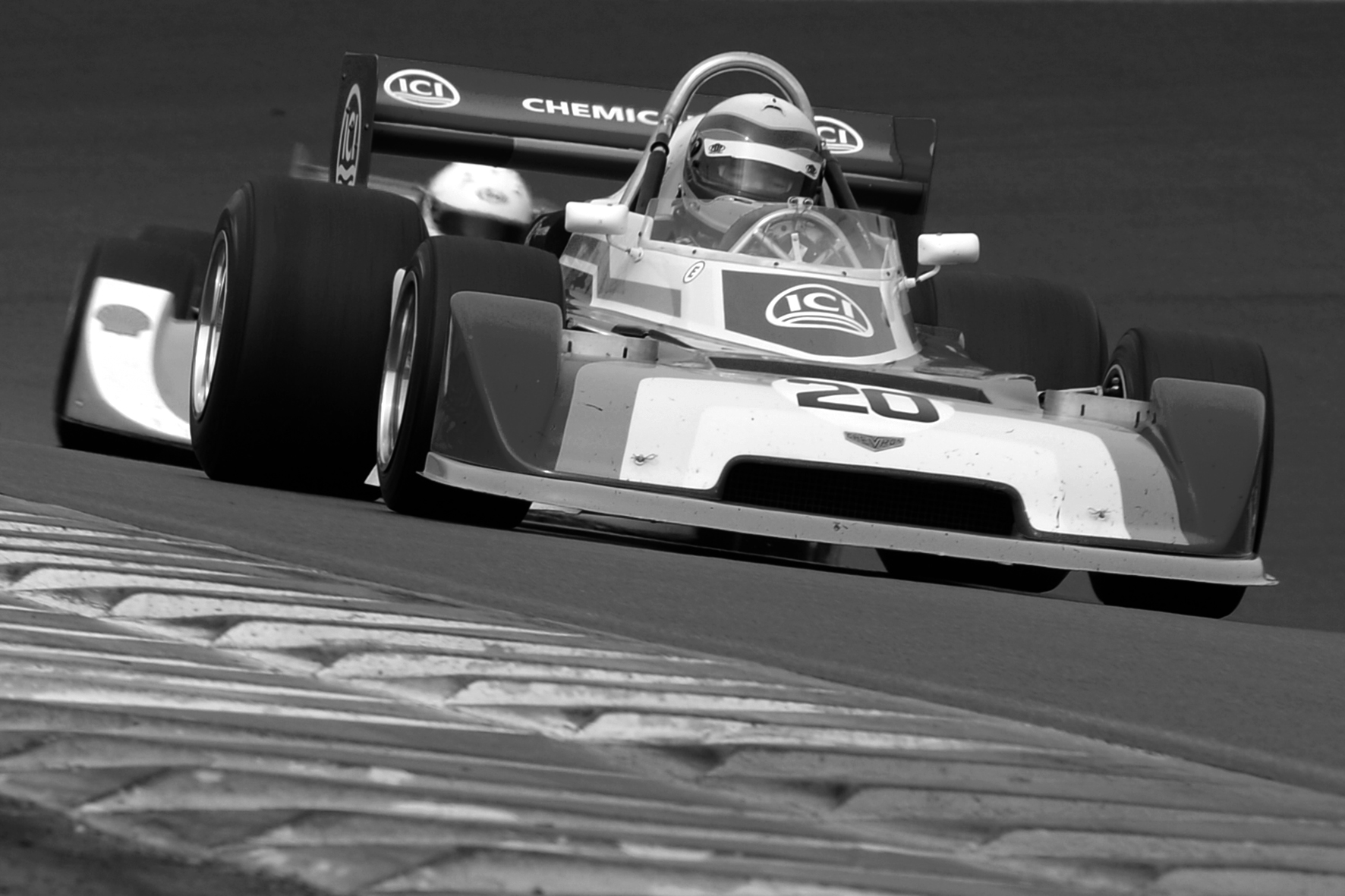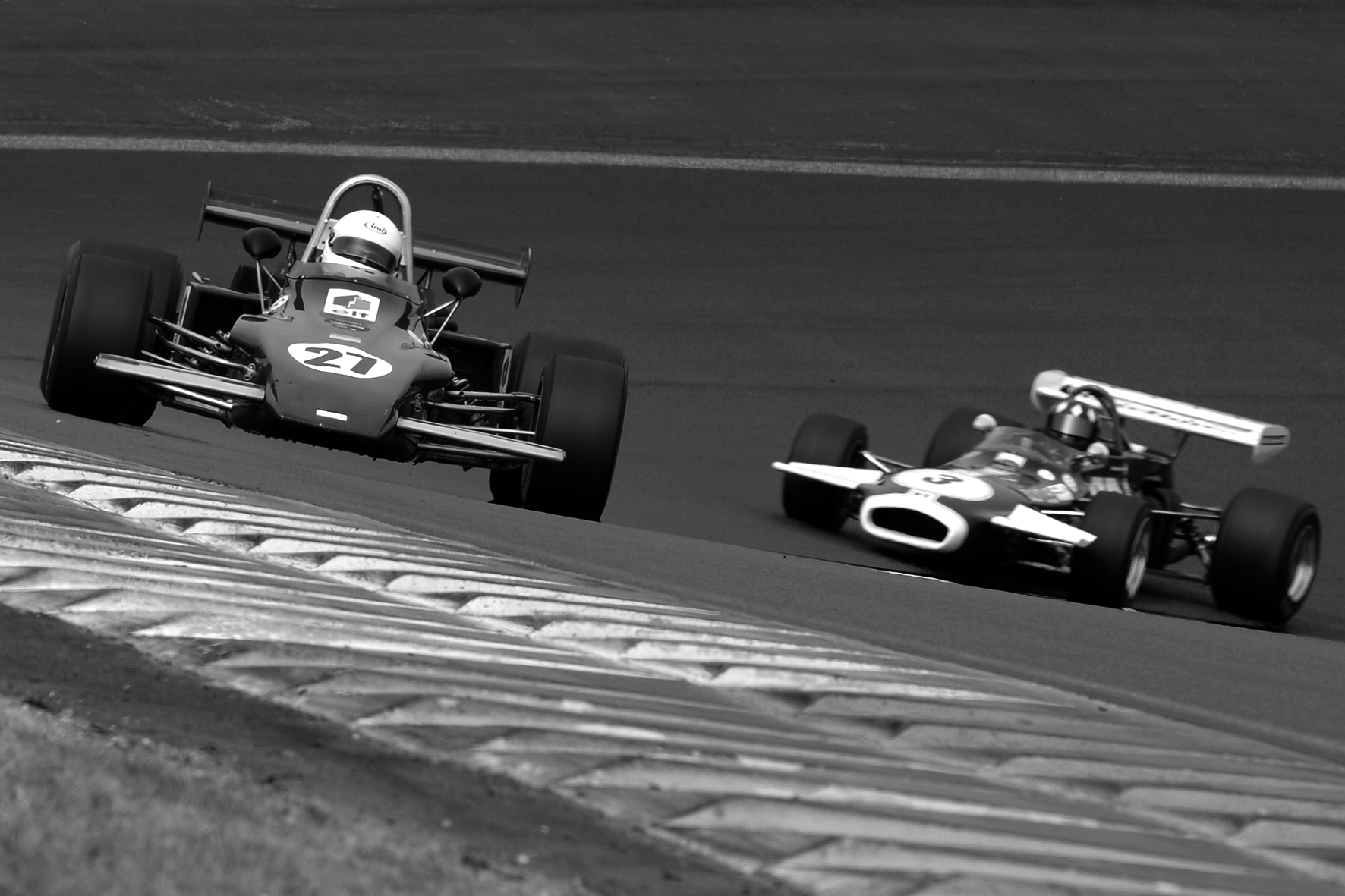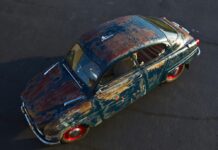Formula 2 has always been the nursery and training ground for Formula 1, and almost all later Formula 1 racing drivers went through this school and earned their first merits there.
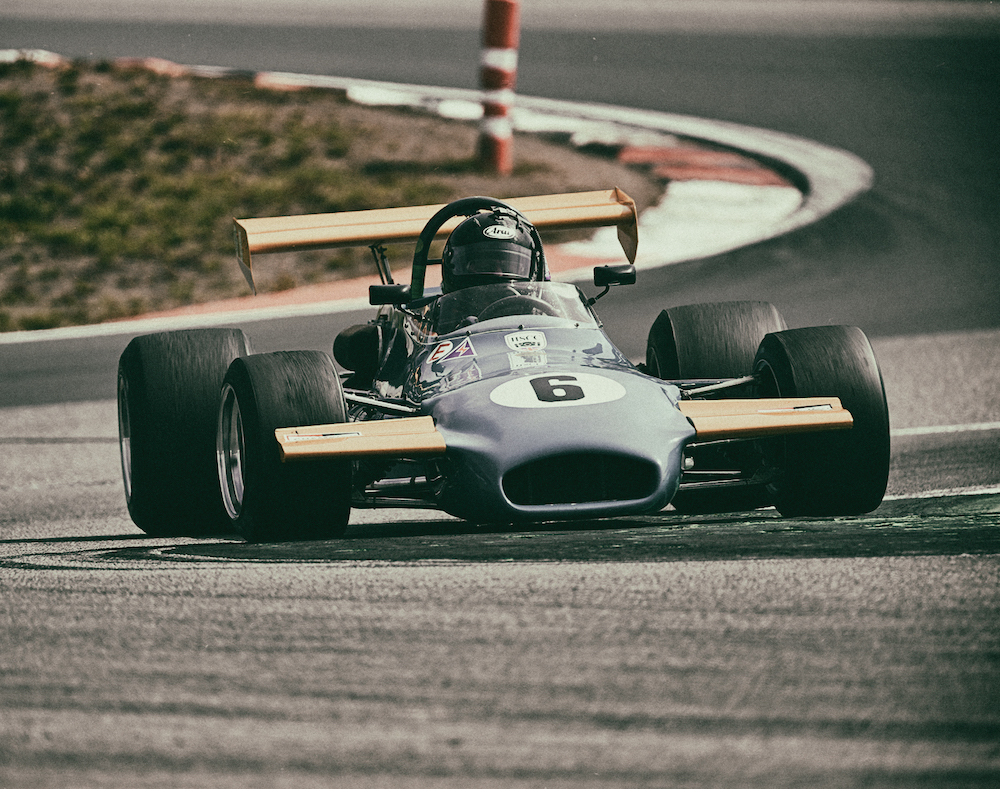
There was also a time when the Formula 1 grid was so small that it was filled with Formula 2 racing cars. So it has always been the ticket to the super licence, as it is called today, to get a cockpit in Formula 1, the crown of motor racing.

Although in the Golden Age of Motor Racing it was often the case that Formula 1 drivers competed in Formula 2 races to earn a little more money. Back then, the fees were nowhere near as high as they are today and there was practically no additional advertising revenue for the drivers. There was also the opportunity to race for different brands.
For example, Ronnie Peterson, the super-fast Swedish racing driver who will always be remembered for his incredible talent, drove the entire Formula 1 season for March in 1971, finishing as runner-up in the world championship. But he also drove the European Formula 2 season, which he finished as champion, the Brazilian Formula 2 and several races in the Sports Car World Championship with Alfa Romeo. Back then, drivers were not yet so closely and indissolubly linked to a racing team by contract. Today, the marketing departments of the racing teams would have a heart attack at such constellations.

But from the late sixties to the end of the seventies, it was common for very good racing drivers to be extremely fast in all racing cars and therefore repeatedly receive offers and gratefully accept them. This is the only way to explain why the two-time Formula 1 world champion Jim Clark competed in a rather insignificant Formula 2 race in Germany at the Hockenheim Ring in 1968 and unfortunately lost his life in the process.
But back to Formula 2: This nursery of Formula 1 was always dominated by a few companies. It was the major racing car manufacturers such as March, Brabham, Lola and later Dallara, among others, that made it possible for private teams to take part in the Formula 2 European Championship with a comparatively small budget. There was no need to build your own racing car and you could buy tried and tested Formula 2 racing cars. There was also often support from the factory and you benefited from further developments.
It is an exciting story that has developed over the course of time with Formula 2, away from the limelight.
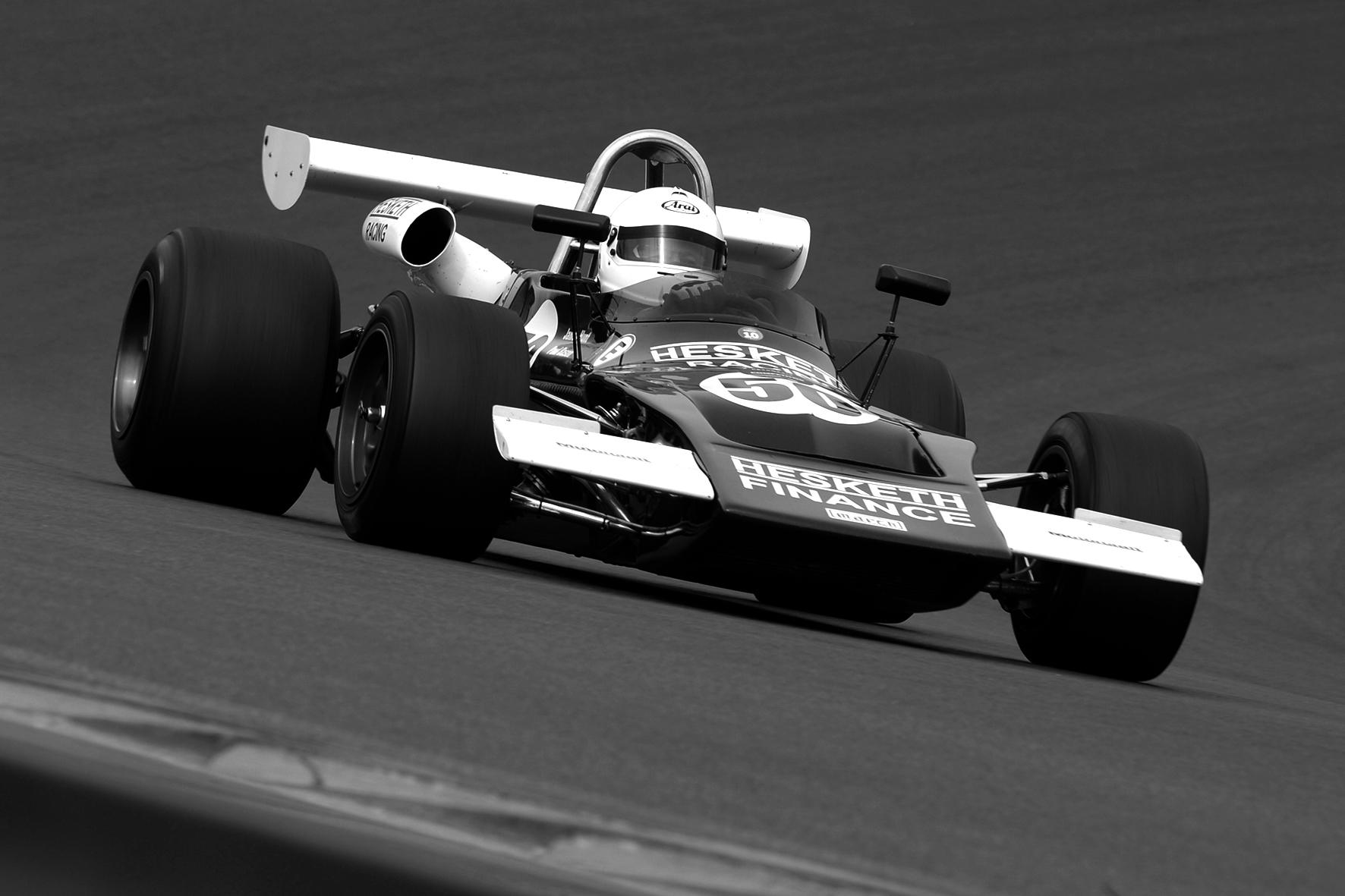
A wonderful book with the history and stories of the period between 1964 and 1984 has been published by Delius Klasing Verlag and is called: Formula 2 – The Story from 1964 – 1984 by the authors Reuß / Kräling.
At the historic car races I attended, Formula 2 was a guest twice last year, at the Historic Grand Prix in Zandvoort and at the Oldtimer Grand Prix at the Nürburgring. That’s where these pictures were taken. They show the dynamics of Formula 2 and a journey through the design of the racing cars over the years.
I find it extremely exciting to shed light on this chapter of motorsport history and, above all, to accompany it photographically. Another piece of motor racing from the golden age, or rather from my youth.
Perhaps it will also awaken a memory or two for you. Find out more about our photographer Ralph Lüker.
